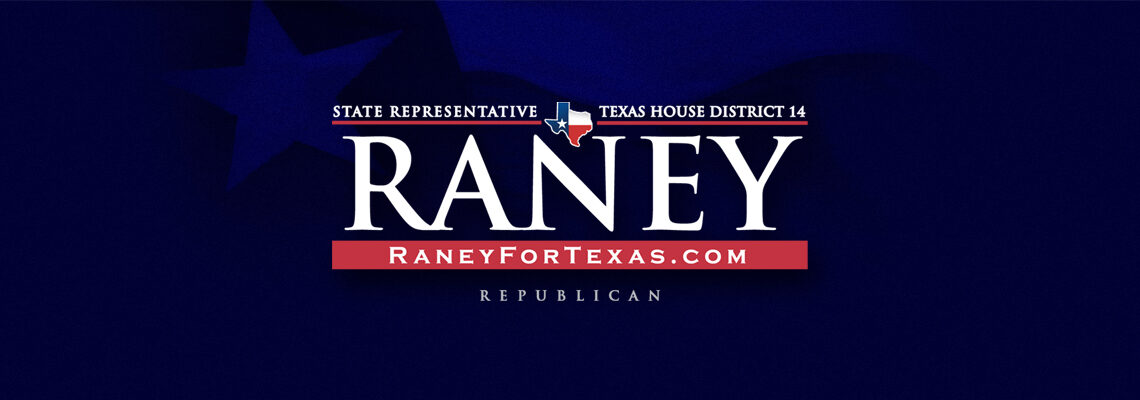During the 85th session, nearly 7,000 bills were filed and approximately 900 of those were monitored by TxDOT. That fact alone demonstrates that transportation is a huge segment of the Texas economy and vitally important to every part of our state. Additionally, according to the Texas Office of the State Demographer, Texas’s population may double by 2050, to more than 54 million. Such growth implies the need for significant expansion and improvement of the state’s transportation infrastructure, its roads, rail lines, airports, marine ports and waterways. Meeting these needs comes with a hefty price tag – more than double what is currently allotted in the Texas budget. Coupled with the fact that the federal taxes on gasoline and diesel fuel have not changed since 1993 and Texas state tax rates on motor fuels have not changed since 1991, the Texas House Transportation Committee, is going to have to look “outside the box” to find solutions.
Charged with jurisdiction over the Texas Department of Motor Vehicles, the Texas Department of Transportation, and the Texas Transportation Commission, we, as members of the Transportation committee, will need to be much more focused on accessibility as well as mobility. Furthermore, we need to access current demand and technology to determine the desired outcome, and embrace the development of future technology to keep the state moving.
Statewide, I believe, with the help of the Texas Transportation Institute (TTI), we can find innovative solutions. Over the years, TTI has worked closely with public agencies and private sector companies to evaluate the economic impact of transportation as well as inventive ways to finance. With their expertise, we will be able to include planning and policy making for many other types of transportation, such as aviation, mass transportation, railroads and water traffic. The investment in funding transportation will be measured in job creation and trade facilitation and an overall economic growth both in our community and statewide.
Locally, our region will serve as a role model for other communities. All of our local agencies; the private sector, the Bryan-College Station Chamber of Commerce, Brazos Valley Economic Corporation, both city governments, the county, the Metropolitan Planning Organization, (MPO), Texas A&M and TxDOT are working better as team than ever before. They continue to partner on innovative projects such as the “Diverging Diamond Interchange” in west Brazos County. It has already reduced the number of traffic accidents and improved congestion on FM 2818. Likewise, the University Drive project will serve as a guide for other cities as they look for ways for different entities collaborate for the betterment of their community. This project is a joint effort between the City of College Station, Texas A&M and TxDOT. Additionally, all the local agencies have joined forces in the Regional Mobility Authority (RMA) proposal. The RMA, if approved by the legislature, will create a government agency that is regionally focused on transportation and mobility in Brazos County. It will give the County the ability to impose an additional $10 vehicle registration fee to finance, acquire, design, construct, operate, maintain, expand or extend local transportation projects. Given that our local population is projected to increase to 264,000 by 2020, I believe it is imperative that we plan ahead to ensure the same quality of life that we have now. I will be carrying this forward in the House.
As Texas and the Brazos Valley continue to grow, providing solutions with convenient and affordable mobility options will become increasingly important. Our quality of life, as well as the economic growth of this community and state, depend on pioneering solutions. I look forward to being a part of the solution.
State Rep. John Raney ’69


